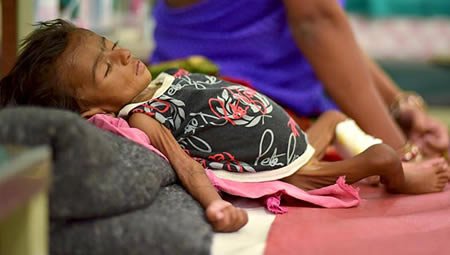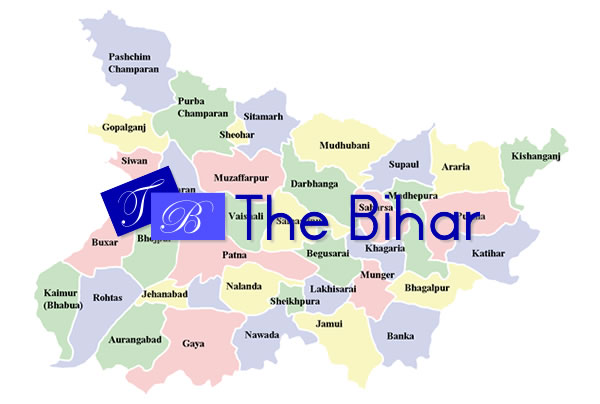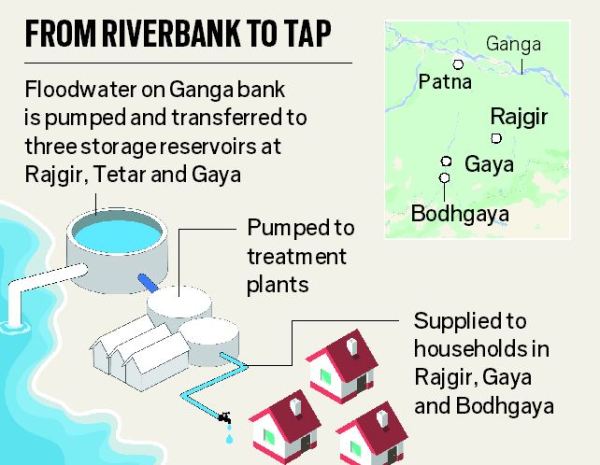Indian children stay hungry, underage women getting married despite the economic boom
3 min read Two-month-old Jyoti lies in a bed in a malnutrition intensive care unit in Dharbhanga Medical College in Dharbhanga in Bihar.
Two-month-old Jyoti lies in a bed in a malnutrition intensive care unit in Dharbhanga Medical College in Dharbhanga in Bihar.
When Palak was found barely breathing buried under a mound of soil in an impoverished village in Bihar, doctors who treated the abandoned new-born girl knew that nursing her back to health would not be easy.
Two months on, Palak’s tiny frame – weighing half of what it should for her age – lies crumpled in a bed in a malnutrition intensive care unit, as she feebly cries for attention.
Despite India’s economic boom over the last two decades, 46% of its children under five are underweight, 48% are stunted and 25% are wasted, according to the latest government figures.
But what is not so widely known is that the majority are girls, like Palak – abandoned, neglected or given less nutritious food than their male siblings, say health workers, attributing it to patriarchal attitudes in the country.
“A healthy, five-month-old baby should weigh at least 5 kilograms (11lb), but we come across two-year-olds weighing that,” said Ziaul Haque, medical activities manager for the charity Médecins Sans Frontières (MSF) India, which runs the centre in Dharbhanga district.
“Girls constitute more than two-thirds of patients, who are admitted and also those who drop out before completing the treatment,” he added.
GIRLS GET LESS
Child malnutrition is an underlying cause of death for 3 million children annually across the world – nearly half of all child deaths – with most dying from preventable illnesses like diarrhoea due to weak immune systems, according to the United Nations Children’s Fund.
Those lucky enough to survive, grow up without enough energy, protein, vitamins and minerals, causing their brains and bodies to be stunted which means they cannot fulfill their physical, academic or economic potential.
Increasing studies show that malnutrition rates are much higher in girls than in boys.
Research conducted by MSF India between February 2009 and September 2011 found that of the more than 8,000 children admitted to the Dharbhanga centre, 62% were girls – even though females younger than 5 years constitute only 47% of the local population.
Dipa Sinha, an activist with the Right to Food campaign said generally girls in poor households are inadequately breast-fed and less likely to be provided with quality healthcare and access to sanitation.
“Overall, a girl child is far more neglected than a boy, especially, if she is a third or fourth girl child in the family,” said Sinha.
The centre is the only one in the district to offer therapeutic food for acutely malnourished children and has a 30-bed intensive care unit to treat tubercular infections, anaemia and respiratory diseases.
But even when girls start receiving the free treatment, they have a higher rate of drop-out compared to boys.
“When we try to counsel parents to admit acutely malnourished children, a typical father says ‘Who cares? The girls can die’,” said MSF’s Haque, adding that more than 50% of drop-outs at the centre are girls.
VICIOUS CYCLE
The problem of malnutrition starts well before birth in countries such as India, where there are high rates of child marriage, despite the age-old practice being illegal.
About 47% of women aged between 20 and 24 were married before the age of 18 in India, according to the latest government figures.
The custom hampers efforts to improve women’s status, as it cuts across every part of a girl’s development and creates a vicious cycle of malnutrition, poor health and ignorance, gender experts say.
A child bride is more likely to drop out of school and have serious complications during pregnancy and childbirth. Her children are more likely to be underweight and may be lucky to survive beyond the age of five.
Shashi Devi, 30, who was married at the age of 15 to a farmer’s son, said her fourth child – an 11-month-old malnourished girl being treated at the centre – was severely sick.
“Khilona contracted cold and fever when she was three-months-old. The fever did not subside, so I took her to the local doctor, who said she had pneumonia,” she said, shaking a rattle at the crying child lying on the bed in a blue T-shirt.
“The treatment went on for months, but my daughter is getting weaker.”
Courtesy: Hindustan Times


